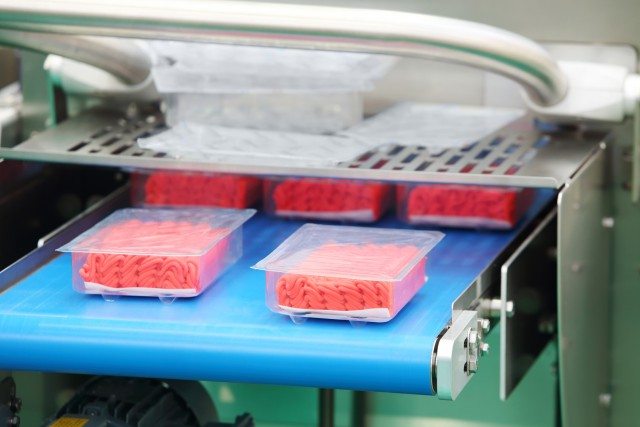Improved economic conditions in emerging nations, changing dietary preferences globally, and a rising demand for nutritious and ready-to-eat food products are driving demand for food processors and boosting growth in the packaging equipment market, according to Frost & Sullivan.
It states that the global food and beverages processing and packaging equipment market is expected to expand at a compound annual growth rate of 4.1% from 2017 until 2022 and reach US$78.6 billion.
“With increasing food and beverages product demand and a growing emphasis on food safety, food processors are reliant on equipment manufacturers to provide processing and packaging equipment that is agile and utilizes advanced technologies to minimize energy usage, operate at a higher efficiency, and improve yield,” said Arun Ramesh, team lead, agriculture and nutrition, visionary science.
The global demand for food products has led equipment manufacturers to acquire, merge, and partner with companies to leverage technology innovation.
To remain competitive in an evolving market, Ramesh recommends that players create smarter products by investing in new capabilities such as advanced data and analytics, robotics and automation, and extend their capabilities to offer full solutions, including installation, monitoring, services, and integration. Additional factors imperative to growth include:
– Equipment manufacturers upgrading to advanced machinery for processing and packaging to cater to changing consumer preferences and consumption patterns
– Using machine learning and other tools to predict process delays, make improvements to engineering and optimize equipment design
– Refreshing operating models with an emphasis on enhanced after-sales and growth-focused strategies
“Machine downtime is still a major concern in the industry, and there is room for further investment in research and development among equipment manufacturers to develop equipment that is flexible and modular and customized to fit different products and customer needs while optimizing total cost of ownership,” he said.










